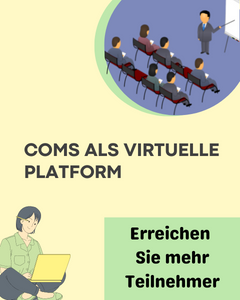Startseite / Konferenzkalender / Mathematik / Neuronale Netze und Künstliche Intelligenz, Maschinelles Lernen / Großbritannien
Konferenzen > Mathematik > Neuronale Netze und Künstliche Intelligenz, Maschinelles Lernen > Großbritannien
Wählen Sie ein Land aus
Belgien (1) China (1) Deutschland (13) Griechenland (1) Großbritannien (5) Indien (2) Italien (3) Japan (1) Kanada (10) Niederlande (2) Portugal (1) Spanien (1) Vereinigte Staaten (2)
Großbritannien
1
SCLW02 — Reinforcement Learning for Science: Discovery and Automation
19. Mär 2026 - 26. Mär 2026 • Cambridge, Großbritannien
Eintrags-ID:
1684863
Webseite:
2
GSTW07 — AI in Spectral Geometry, perspectives and directions: the Round Table
20. Apr 2026 • Cambridge, Großbritannien
Eintrags-ID:
1684969
Webseite:
3
Workshop — Imaging inverse problems and generating models: sparsity and robustness versus expressivity
04. Mai 2026 - 07. Mai 2026 • ICMS, Bayes Centre, Edinburgh , Großbritannien
4
CIFW04 — Causality and machine learning
15. Jun 2026 - 19. Jun 2026 • Cambridge, Großbritannien
Eintrags-ID:
1684966
Webseite:
5
2nd IMA Congress — AI Unlocked: Innovation, Insight and Impact
17. Sep 2026 - 18. Sep 2026 • Birmingham, Großbritannien
Eintrags-ID:
1682237
Conference-Service.com stellt der Öffentlichkeit ein Kalendarium wichtiger Konferenzen, Symposien und sonstiger Tagungen im wissenschaftlich-technischen Bereich zur Verfügung. Obwohl das Verzeichnis mit großer Sorgfalt zusammengestellt und ständig aktualisiert wird, weisen wir auf die Möglichkeit von Fehlern ausdrücklich hin. Bitte vergewissern Sie sich immer beim Veranstalter, bevor Sie über die Teilnahme oder Nichtteilnahme an einer Konferenz entscheiden.
Stand vom 25. November 2025



